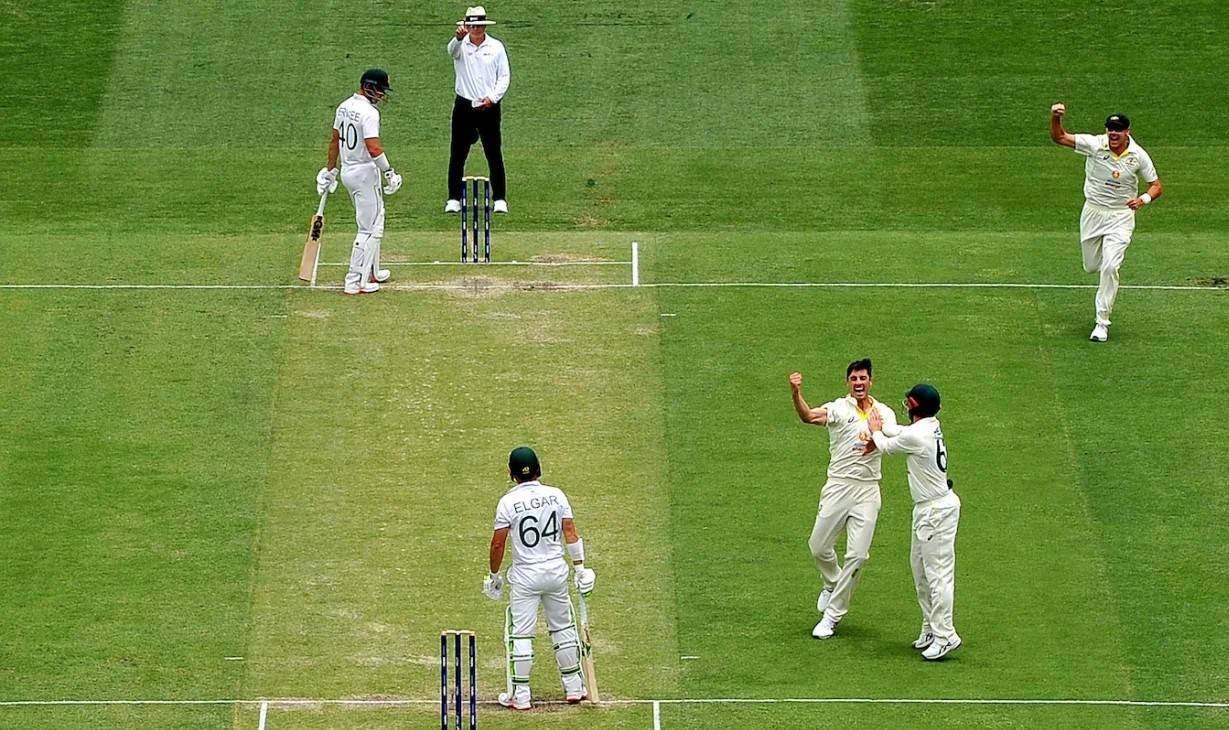Karma is a Pitch
0“An eye for an eye makes the whole world blind” – Mahatma Gandhi
Love is never black or white. There is always a lot of grey involved. Grey too isn’t just one color. Apparently, there are 50 shades. We are all united by our love for the game of cricket. A game that is full of grey. Some like the grey elements as ‘variety is the spice of life’ whereas others find it hard to understand why the ICC cannot set the standards and police them effectively.
Probably the biggest variable of them all is the pitch or surface that the game is played on. And we have some amazing terminology to describe pitches. From Bunsen burners to belters and from green tops to raging turners.
For two test series in a row now we have had the pitches being talked about more than the actual game that was played on them. The introduction of the World Test Championship infused much needed new life into test cricket. It gave context to every series, and it made sure that there were no dead rubbers. On the flip side though, in the desperation to win, sides have started to really push the boundaries as far as home advantage is concerned. Four glaring examples immediately come to mind in this regard.
Australia welcomed South Africa on their 2012-2013 tour with an absolute shocker in Brisbane. The surface was so green that it was difficult to tell the difference between the pitch and the outfield. Prodigious seam movement was inevitable on such a surface. An uneven contest between bat and ball followed with Australia winning by 6 wickets inside two days.
But it’s not always the home side that benefits from unsporting pitches. Karma has a surprising way of taking care of situations. As India found out against Australia at Indore. On a pitch that turned square from ball one the Australian spinners out bowled their Indian counter parts and Australia ended up winning the test on the morning of day three.
Last month Bangladesh shot themselves in the foot by dishing out a pitch in Mirpur that Tim Southee described as the worst he’s ever played on in his 15-year career. Once again it was the visitors who out bowled and out batted the hosts in a fast and furious contest, winning the test by 4 wickets.
The icing on the cake though was the recent test between South Africa and India at Cape Town that finished in 1.5 days. A pitch with lots of seam movement and unplayable bounce played spoilsport in what could have been a mouth-watering contest. Instead, we saw 23 wickets falling on day one and a further 10 on day two with India winning by 7 wickets. It turned out to be the shortest test match ever played. The entire match lasting only 642 balls.
Test cricket is supposed to be a test of skill, patience, temperament, and grit. But the only thing that you need to win on an unsporting pitch is luck. All the pillars of test cricket get shattered, and the result becomes a lottery.
After the Capetown Test India’s captain Rohit Sharma said that he doesn’t mind playing on such pitches as long as visiting teams don’t complain when they come to India and play on pitches that turn from day one. India has a five match test series coming up against England and his words gave an indication to the kind of surfaces we can expect during that series.
Recent statistics prove that New Zealand produces the best cricket pitches in the world. A stat to be proud of for sure, but the fact that we rarely see a full-time spinner play test cricket for the blackcaps at home tells me that we still have room for improvement. As the custodians of the game in the country, New Zealand Cricket have a duty to make sure that they encourage every facet of the game.
In an era of T20, The Hundred and T10 where there is a new franchise league popping up at every roundabout and every other cul-de-sac, test cricket cannot afford to have matches that finish in 2 or 3 days. Firstly, it provides ammunition for people who want to change test cricket to a four-day affair. Secondly it is frustrating for the fans who want to see an even contest between bat and ball.
So, what is the solution to make sure that every country produces sporting pitches? Do we need cricketing boards to sign an agreement on the lines of The Paris Agreement. Considering only 12 countries play test cricket (yes don’t forget about Afghanistan and Ireland) I am sure a simpler solution exists. It requires one country to take the first step though and then another to reciprocate. But who will be the bigger person and do the righteous thing first?
Mahatma (meaning a person having a great soul) Gandhi was an anti-colonial nationalist and political ethicist who employed nonviolent resistance to lead the successful campaign for India’s independence from British rule. Test cricket desperately needs a Mahatma to save it or else this ‘an eye for an eye’ attitude with regards to pitches might just prove to be the straw that broke the camels back as far as test cricket is concerned.
Follow Rahul on Twitter

